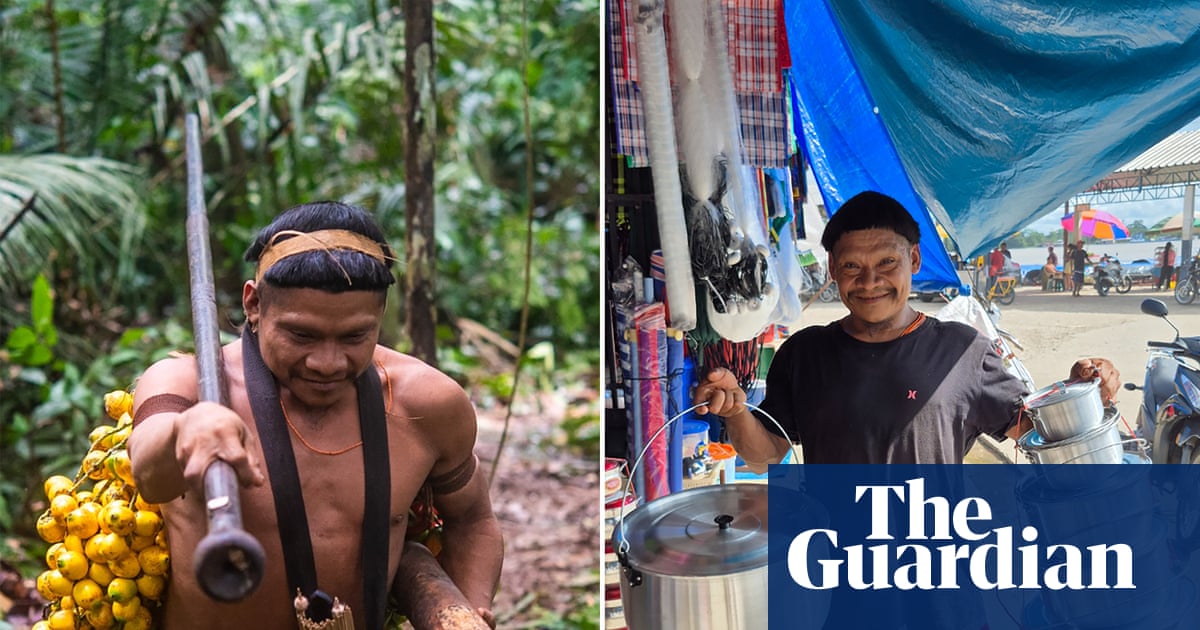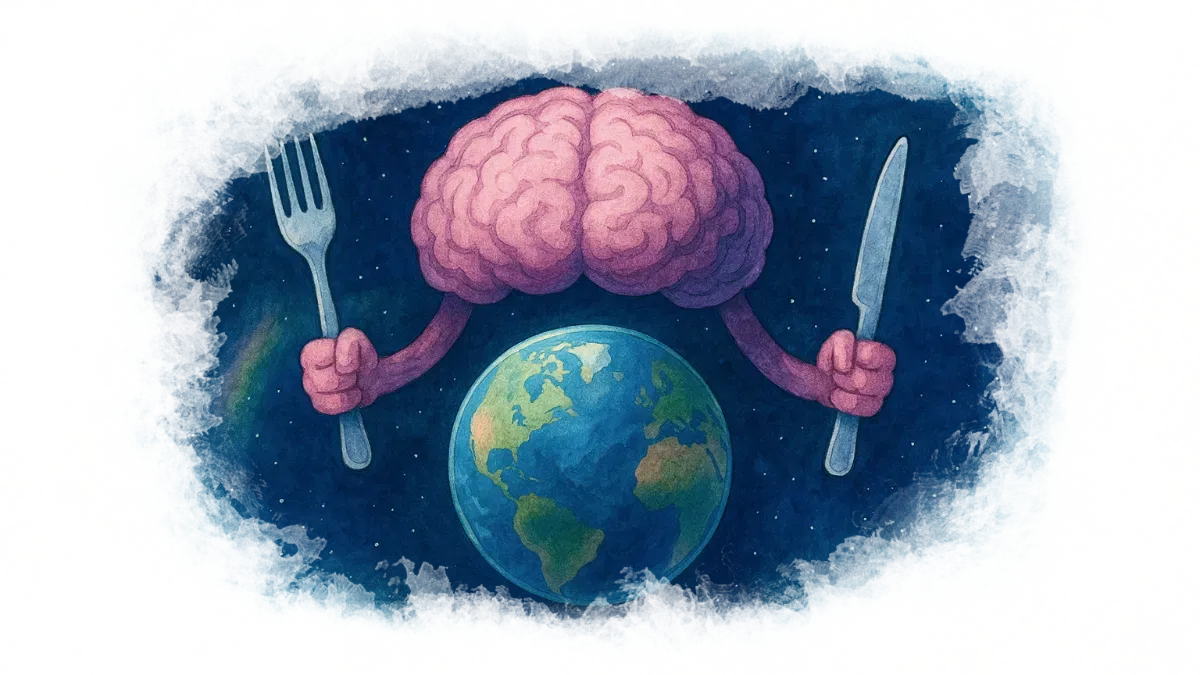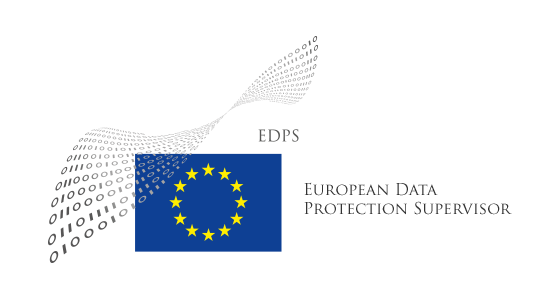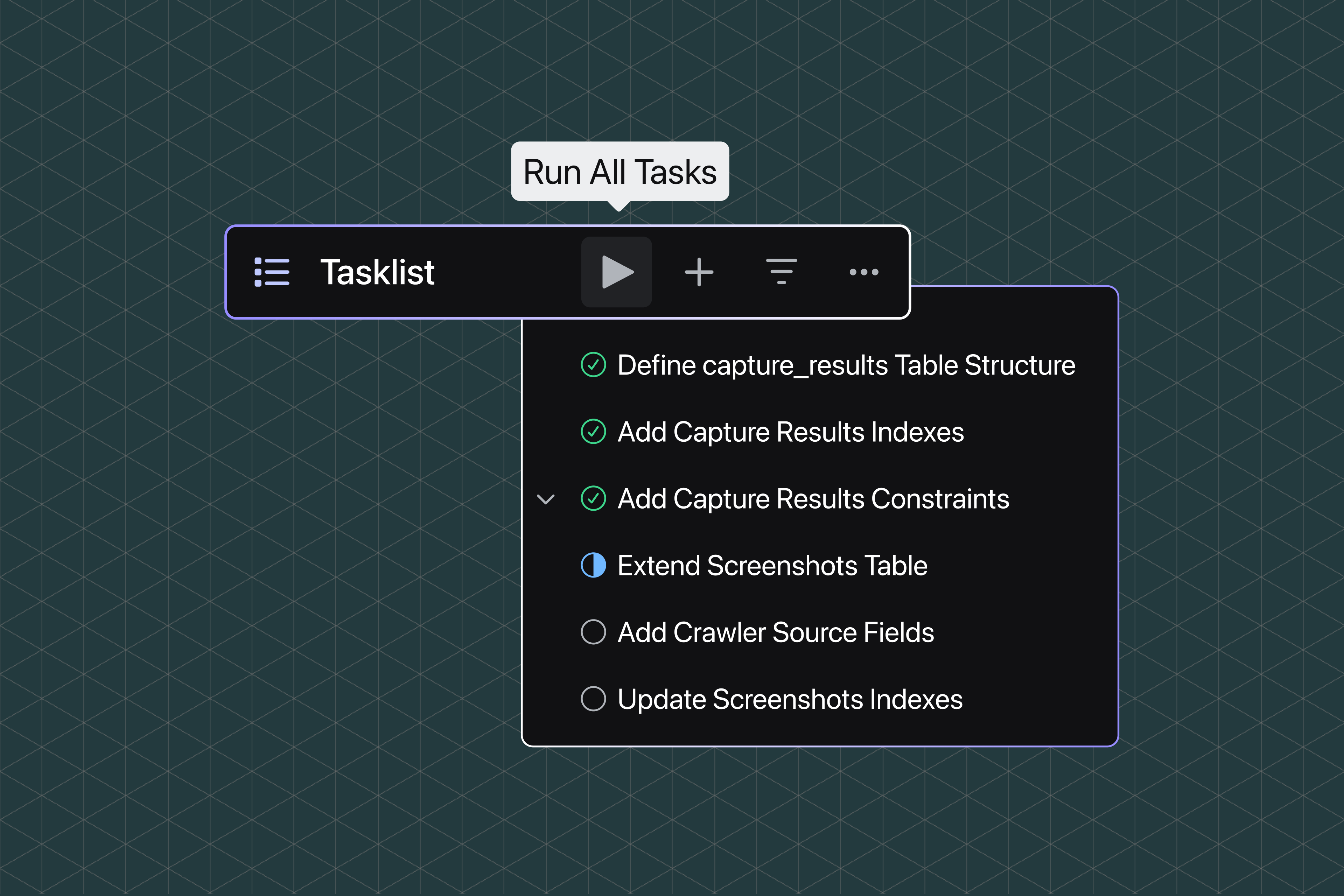
‘We want Starlink’: from isolation to integration – what happened to the Korubo people after contact?
Once cut off in Brazil’s Javari valley, communities are increasingly turning to the trappings of the outside world – from the internet to solar power and biscuits – with as yet unknown effects on their health, culture and future
Read more on this story: ‘A computer, a radio, a drone and a shotgun’: how missionaries are reaching out to Brazil’s isolated peoples
X uxu wants a metal cooking pot big enough to hold a whole monkey. Not long ago, his people, the Korubo, cooked meals in ceramic cauldrons made in the forest. But lightweight metal pots brought by “white people” have proved irresistible.
Xuxu says he first became aware of the existence of Tabatinga, a municipality in the state of Amazonas, Brazil, when he visited for a snakebite, moving an armband on his powerful right biceps to show where the serpent got him. The second time, he accompanied a sick grandchild.
Xuxu lives in one of the four Korubo villages near the confluence of the Ituí and Itaquaí rivers in the Javari valley Indigenous territory, where the 127 Korubos were contacted in total, across four villages, in 1996, 2014 and 2015. A decade on, the aftermath has brought diseases, new materials, increased safety from outside threats and a window into the wider world.

%20(1).png)












